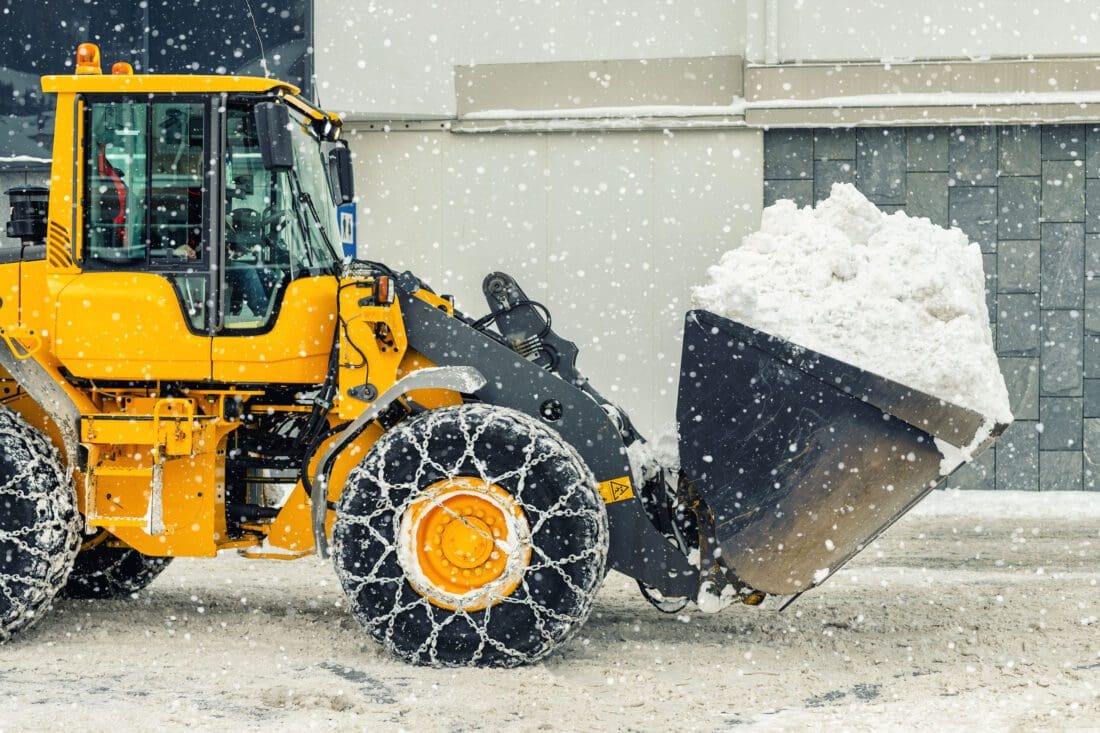Maintaining Jobsite Safety in Dangerous Weather
Jobsite safety is always a top concern for responsible construction companies. But as winter weather turns harsh, it becomes even more critical.
Construction timelines don’t always align with changes in the workplace environment—such as the weather. Winter can bring extreme cold, not to mention wind, rain, snow and hail. It can be tempting to push ahead with building schedules even when mother nature isn’t cooperating. But ignoring the dangers of harsh conditions is not wise. There are better ways to handle the challenges of inclement weather.
Here are some of the facets of winter weather that can compromise jobsite safety—and how you can minimize the risks.
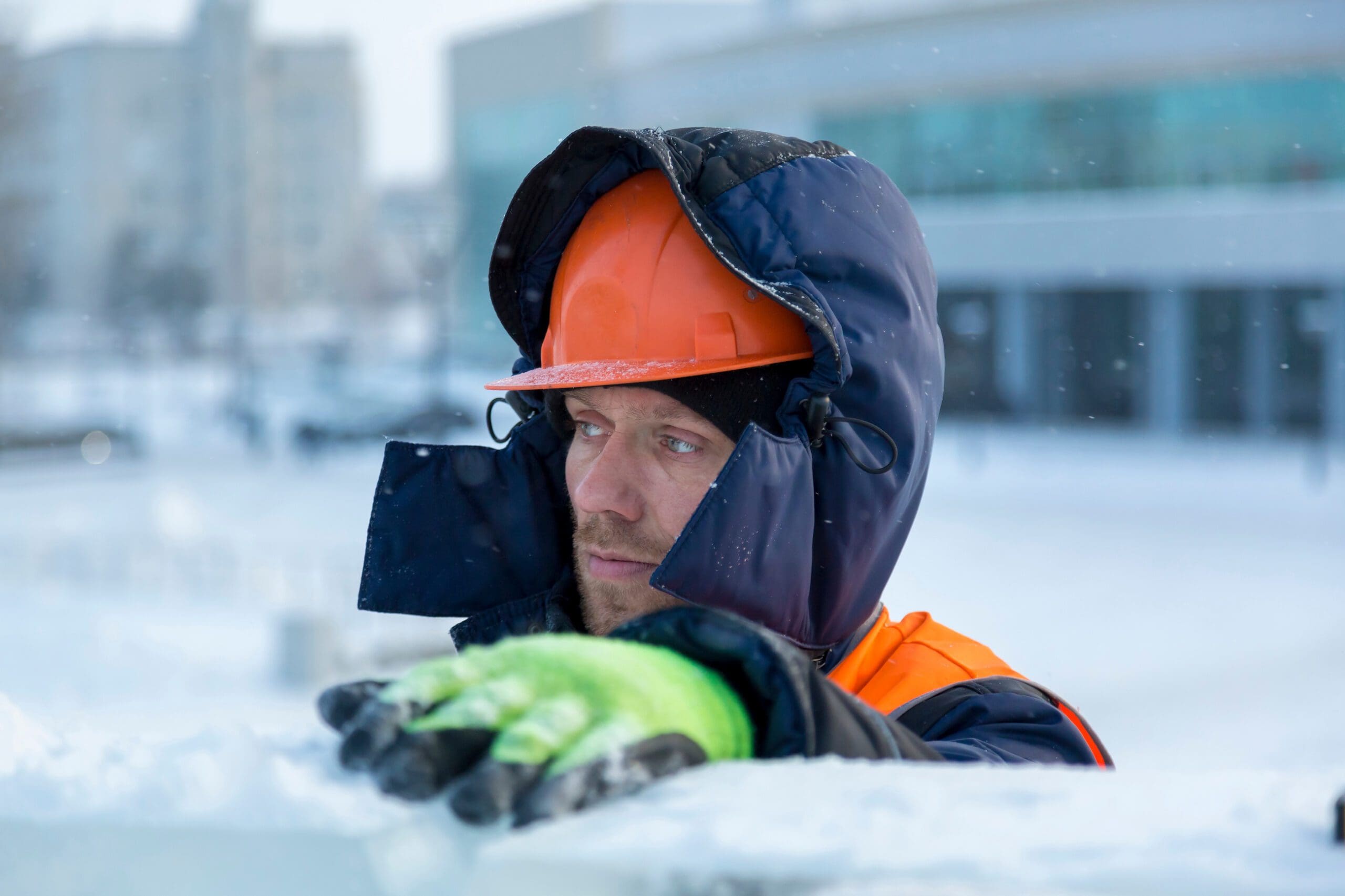
Cold
The most persistent feature of winter weather is simply the colder temperatures.
Hypothermia is a more prevalent threat than many people realize. It can occur even when temperatures seem moderate. If a worker in cold weather begins to shiver, exhibits slurred speech, or seems confused, hypothermia could be the culprit. It needs to be addressed quickly and decisively. That means getting to a warmer environment, shedding any wet clothes, and wrapping up in a warm blanket, to start with. Hot beverages (but not alcohol) can also help.
Frostbite is rarer than hypothermia but is a real threat when weather is extremely cold. It can cause permanent tissue damage and, in extreme cases, may require amputation of limbs or digits.
The first sign of frostbite is often numbness or tingling in the extremities. As it progresses, the skin can turn hard and waxy, with a white or grayish-yellow tint.
The remedy for frostbite is similar to that for hypothermia, but the affected areas must be warmed up slowly to prevent further tissue damage.
Of course, a better remedy is to avoid these conditions altogether by being proactive. A few simple provisions can reduce the risk of cold-related injuries:
- Warm clothing. This may seem obvious, but not everyone is sufficiently aware of the dangers cold can impose. Project managers should make sure everyone is wearing adequate hats, coats, boots, socks, and gloves or mittens.
- A Heated Break Area. Working in extreme cold is not just dangerous—it’s bad for morale. These negative effects can be mitigated by giving workers periodic breaks in a warmer environment. It will enhance their safety while improving their mood. And happy workers are always more productive.
- Warm Equipment. Moderate heat can be good for the tools and equipment—and for the workers who must handle them. Of course, proper care and attention to manufacturers’ instructions must be maintained.
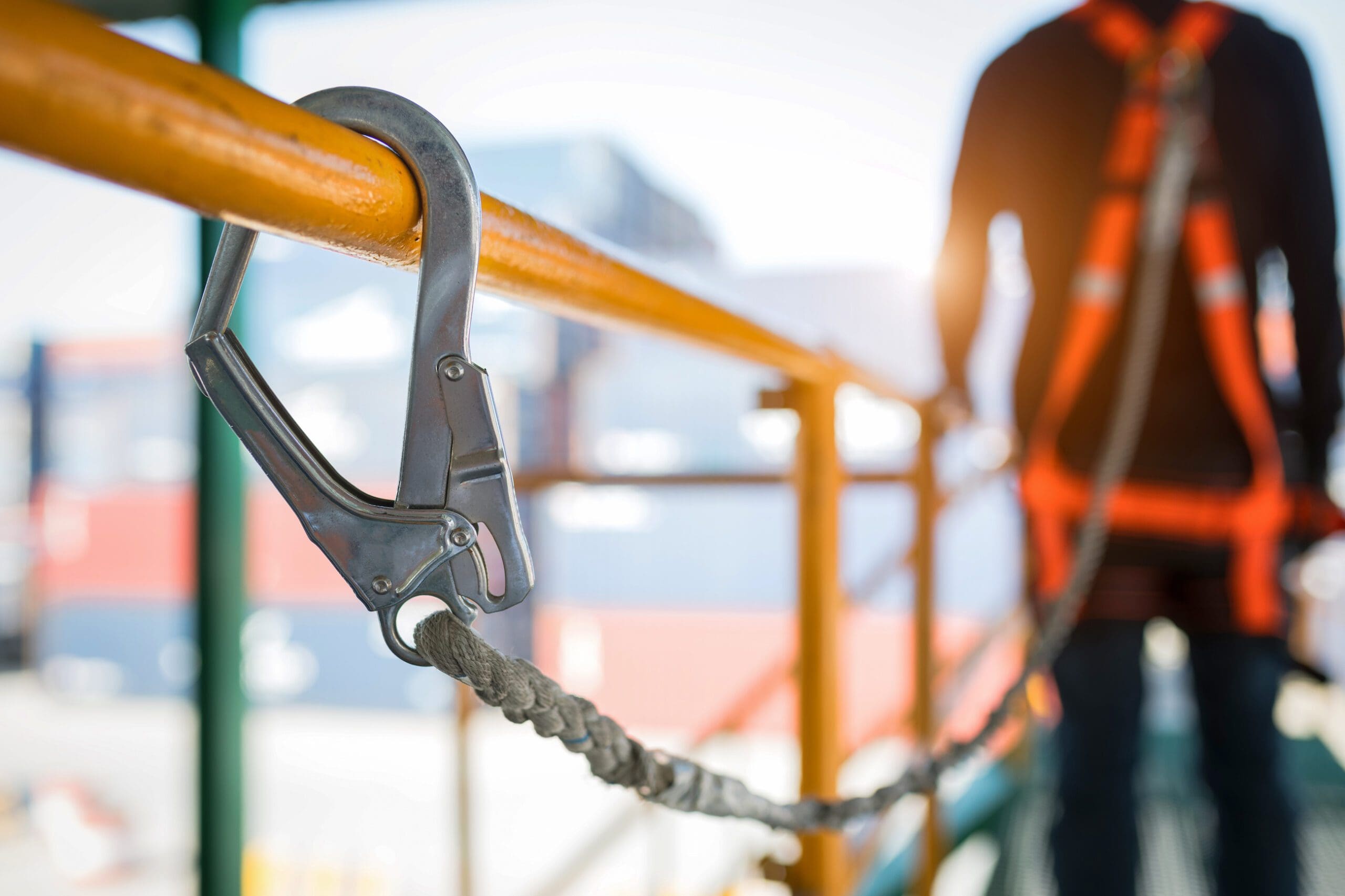
Wind
High winds can cause havoc at a worksite—and put workers at serious risk. Flying debris and falling objects can appear suddenly, making them hard to avoid. Requiring workers to wear hardhats and safety goggles is an easy way to minimize these risks.
Windy conditions are especially dangerous for people working at height. They should already be using fall arrest systems, but safety nets, guardrails, seatbelts and canopies are also important. When winds are strong, it’s often better to stop such work altogether.
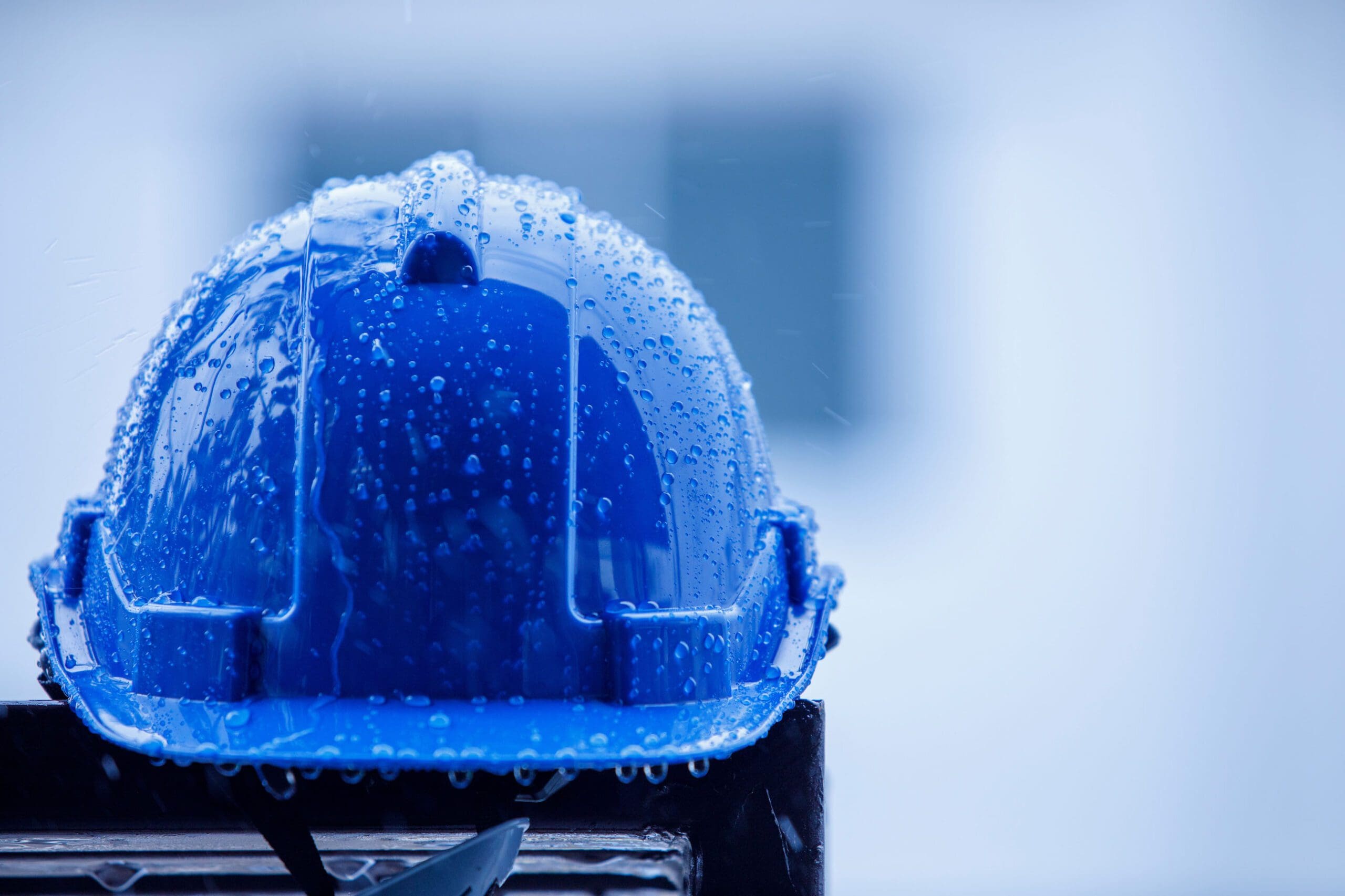
Rain
Rain can dramatically increase the risk of slipping and falling. To guard against this, waterproof boots with non-slip soles are invaluable. Wet tools can also be a problem. They should always be dried off before use. Tools with non-slip grips, and those designed specifically for wet conditions, are preferable. And any equipment that uses electricity can become hazardous in the rain. If it must be used, extra precaution is imperative.
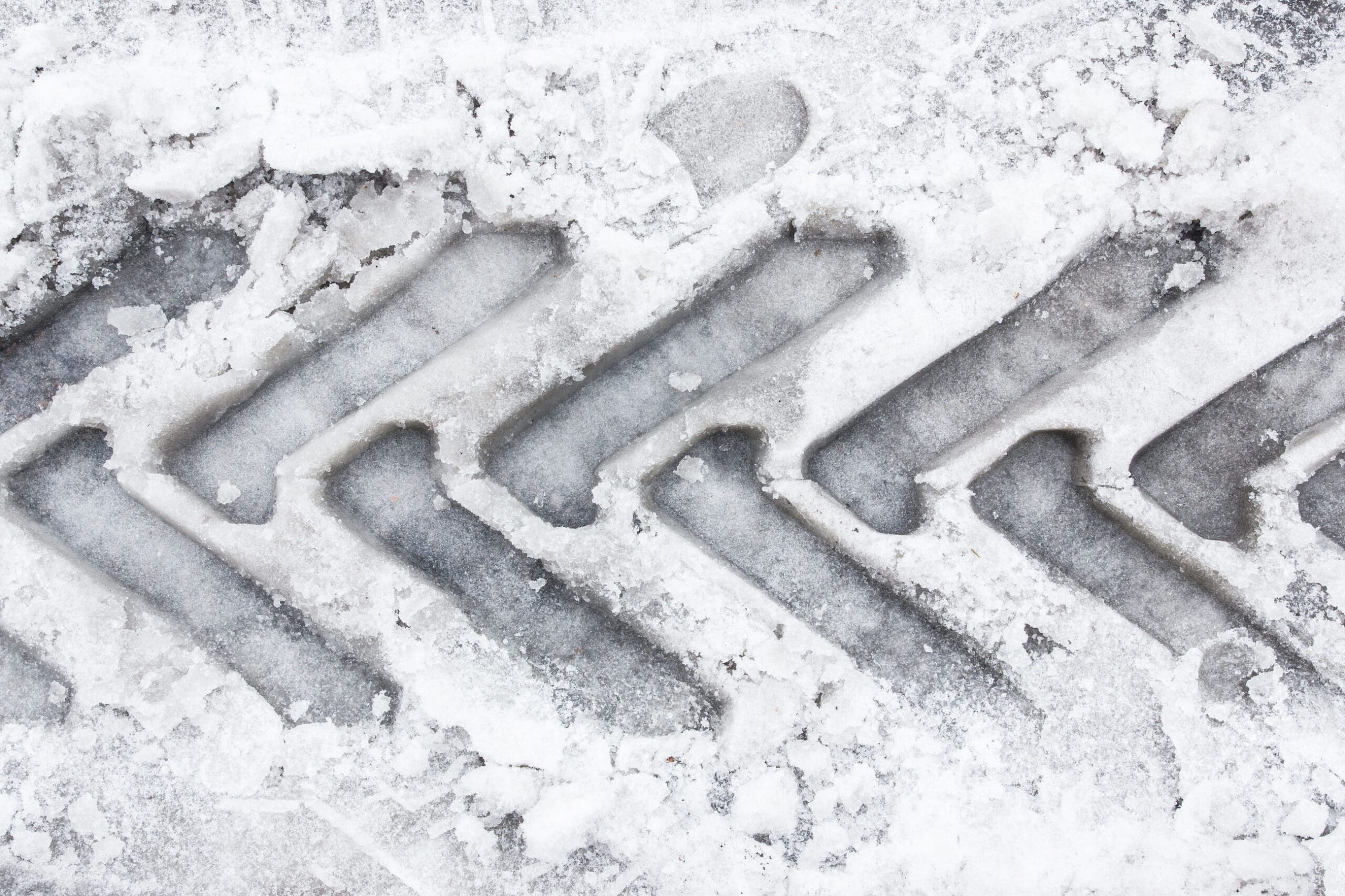
Hail, Snow, and Ice
Hail and snow bring all the risks associated with rain—and then some. Snow and hail can build up, making movement difficult and hazardous. Objects may become inaccessible, complicating otherwise routine tasks. The presence of ice greatly increases the risk of slipping and falling. And ice on surfaces is often invisible, making accidents even more likely.
All the precautions advisable for rainy weather apply here even more. But when weather is this extreme, the best option is probably to stop work until conditions improve
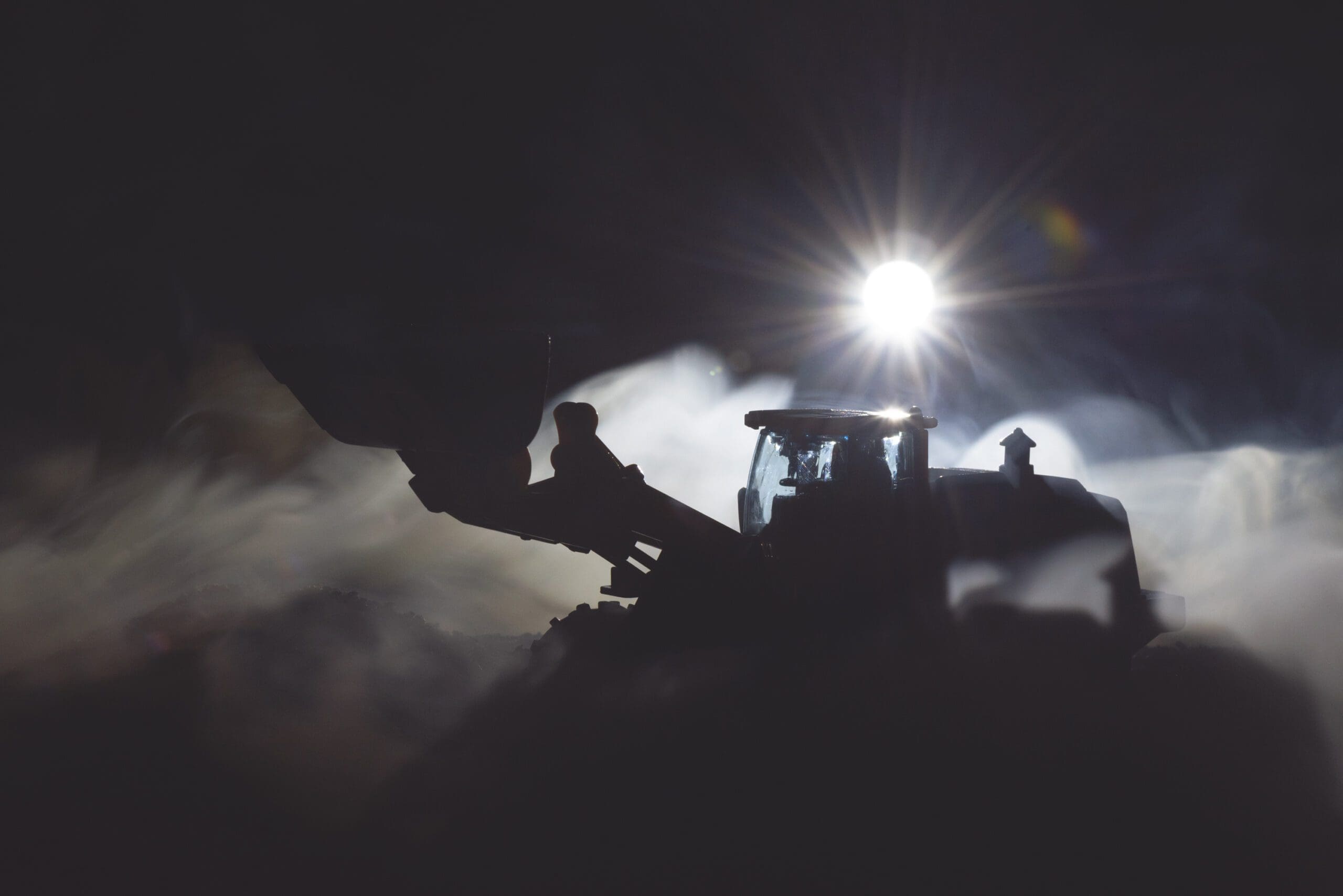
Fog
The threat posed by fog is unique because it doesn’t impose physical limitations; it simply makes things harder to see. For that reason, it can be especially insidious. Workers may be tempted to keep going when they shouldn’t. Fog is even more hazardous when large equipment or vehicles are being used. In those cases, it’s best to simply stop working till the fog clears.
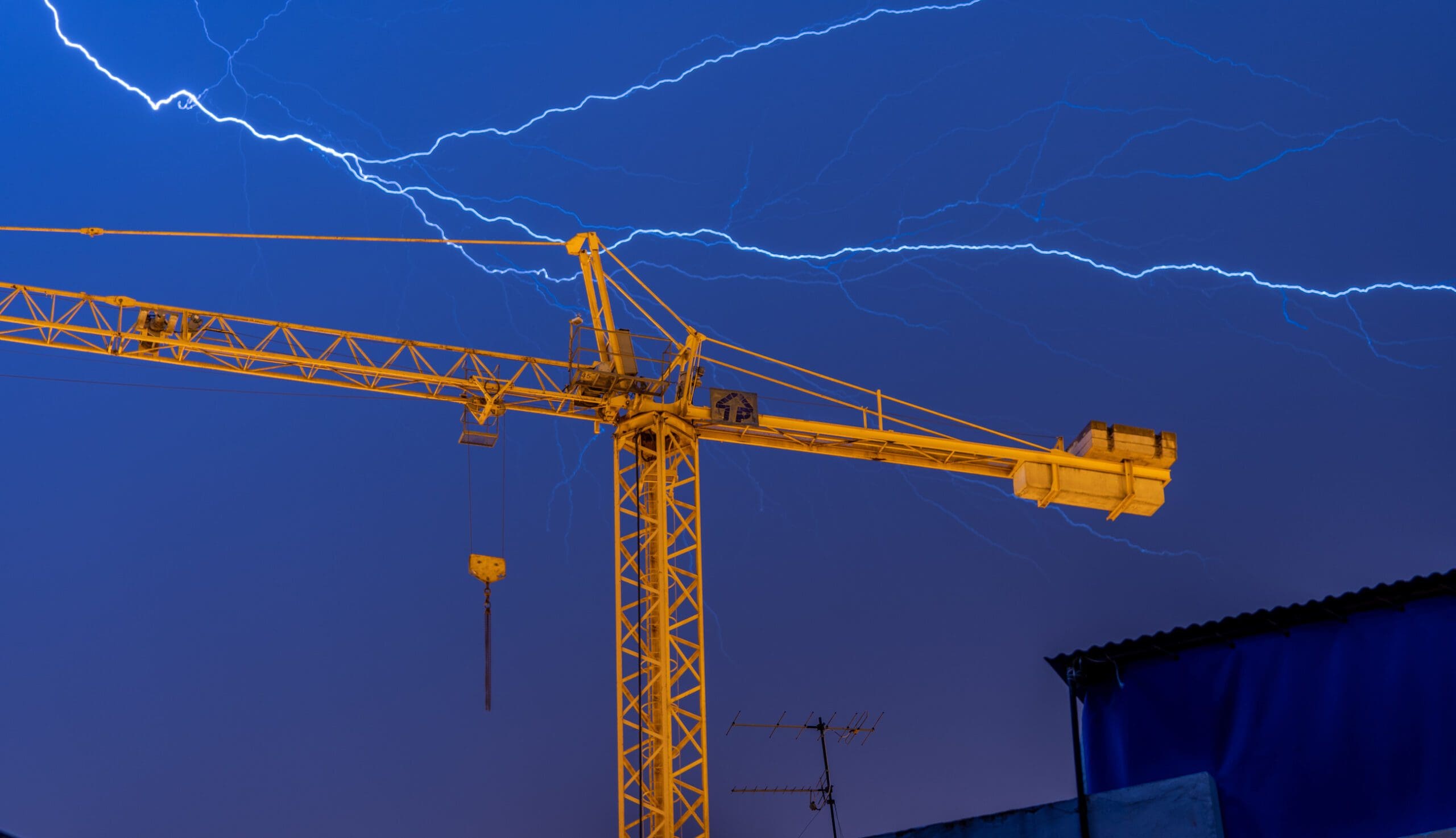
Lightning
The likelihood of being struck by lightning may seem remote, but it’s a real hazard for those who work outdoors. More than 300 people in the U.S. are struck by lightning each year, and about 50 of those people die.
People who work in open spaces, on or near tall objects, or around conductive materials (such as metal) are at particular risk. And lightning can appear, without warning, as far as ten miles from a rainstorm.
The Occupational Safety and Health Administration (OSHA) recommends these safeguards when there’s a possibility of lightning:
- Pay attention to weather reports.
- Seek shelter in buildings when thunder is heard.
- If a building is not accessible, seek shelter in a vehicle.
- Don’t start any activity you can’t quickly stop.
These are just a few tips that can improve the environment at any jobsite—and potentially save lives.


